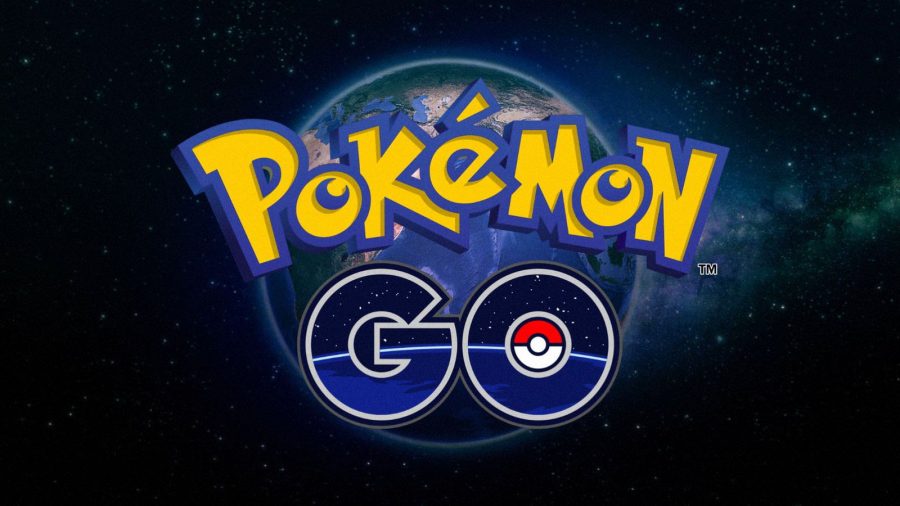The Death of Pokémon GO
December 15, 2016
Am I the only one that remembers the absolute craze that was Pokémon Go? Or was I just experiencing some sort of happiness-induced fever dream? Because for the amount of hype and build-up that there was for Pokémon Go, the game surely did die out quickly.
There are a lot of reasons that I think Pokémon Go died so quickly, instead of slowly petering out over time until people stopped playing it. One of the biggest reasons could easily just be the time at which they released the game.
To Nintendo and Niantic’s luck, they released Pokémon Go during the summer of 2016, which gave people plenty of time to wander around town and try to catch as many Pokémon as they possibly could. But it seems to be that when the summer was over and every teenager and student was returning back to the daily, monotonous routine of school, Pokémon Go just disappeared from the storage space of everyone’s phones, and practically their memories too.
In fact, it’s pretty easy to say that school itself is the one responsible for the death of Pokémon Go, and its decline in popularity. Even on a local level, it’s easy to see that when school started up, less and less people were talking about Pokémon Go, and even less were using the app itself.
In retrospect, school shouldn’t have been responsible for the death of Pokémon Go. In fact, it should have made Pokémon Go even more popular. Specifically because people are forced to interact with one another in an even closer proximity than before. So, Pokémon Go should have boomed in popularity, spreading to people who had never even heard of the game. But the opposite happened instead.
Why did Pokémon Go die then? If school isn’t the reason or the app’s failure, then what is?
The answer is simple: limited in-game interaction. To be more specific, the only way for people to interact with each other inside of the game is through the gyms placed at monuments and statues. There is no player-to-player combat, there is no trading, and there are no other internal means of interacting with other players.
As a result, there is no reason for people to play the game together because they physically cannot play the game together. Unless of course two people attempt to search for Pokémon together. But even then, that’s impossible in a school setting.
Pokémon Go, when it was released, was an unfinished app and desperately needed new features in order to keep it relevant and to ensure its longevity. However, Niantic failed entirely, and now has to face the inevitable death of one of the most built-up and anticipated apps of 2016.
But I think that Pokémon Go has the potential to recover from its massive drops in its player base. Assuming that both Nintendo and Niantic work together to resolve the problem.
Not just by encouraging time or holiday specific events, such as the recent Halloween event, but by adding new features entirely. Features that would encourage player-to-player interaction both inside and outside of the game. The big question is: will they ever fix the game? Or will they let it slowly bleed out in the same way it has been for months now?




Maria • Jun 19, 2017 at 7:25 am
This is a very well-written article. I really enjoyed reading it. You did a nice job of giving information in a fun way. Thank you for your work!